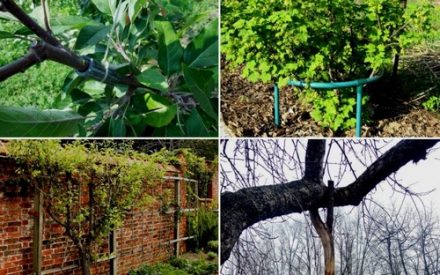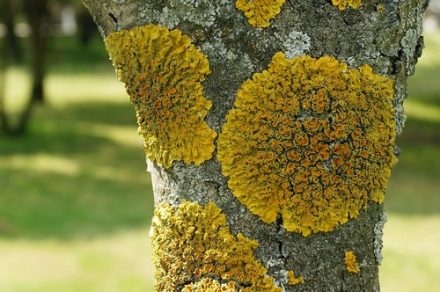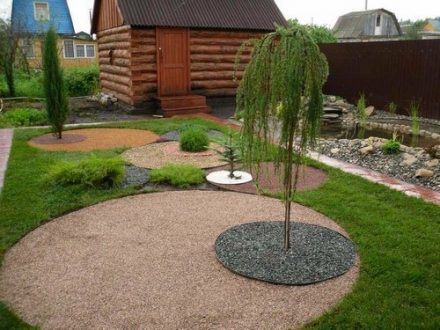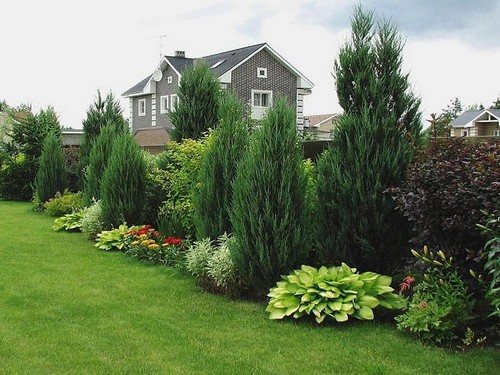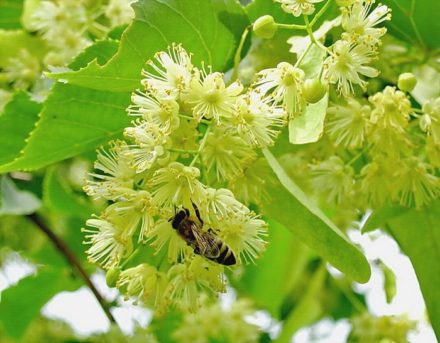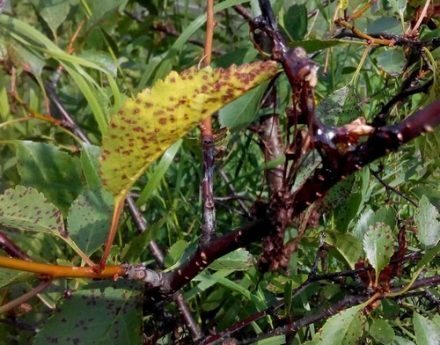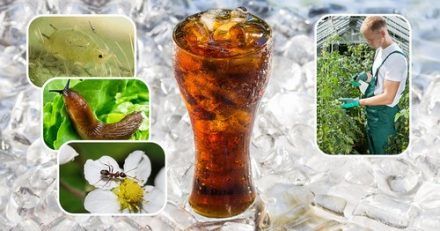Historical documents claim that budding or eye grafting was used back in Ancient Greece. Plutarch wrote in his treatises: “Soclar received me in the gardens above Cephisus and showed me trees modified in every possible way. I saw with my own eyes olive branches on the mastic tree and pomegranate shoots on the myrtle.”
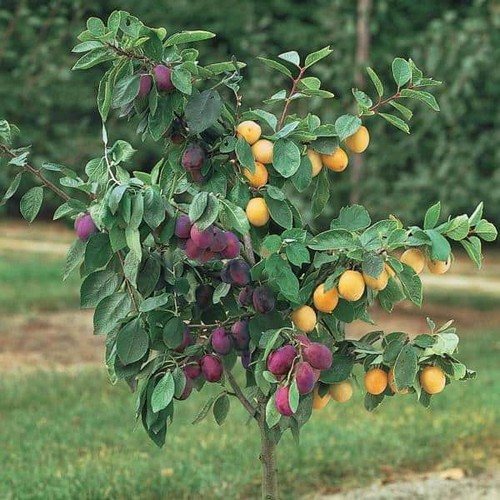
This is a real garden miracle when both large plums and juicy apricots grow on a young tree. And such beauty is obtained thanks to a simple procedure - grafting fruit trees with buds.
Stages of budding
Vaccination is carried out in several stages, which are clearly reflected in the picture.

A healthy bud of a fruit-bearing plant (scion) is selected and cut off. A T-shaped cut is made on the stem of the rootstock (grafted tree), and the bark is slightly separated from the stem. A cut eye is inserted into the prepared recess, and the bark closes around it. To be sure, the scion is secured with any available material, and after a while the established bud produces a healthy shoot.
Secrets of proper budding
As popular wisdom goes, it’s easy to say, but hard to do. In order for efforts to graft fruit trees to be successful, you must adhere to certain rules:

- Plant trees only during the period of sap flow - from late March to May or from the second half of July to early August. Experienced gardeners choose the summer period, budding is done with new, not last year's buds, and the scion takes root well.
- A young shoot that has grown this year is cut from the donor tree. The stalk must be sufficiently developed: 30 cm long, at least 0.7-1.5 cm in diameter and dotted with 10–12 buds.
- The eye for grafting is selected from the middle part of the cutting and cut off diagonally along with the bark. The length of the cut is no more than 1.5-2 cm.
- A smooth place is selected on the stem of the rootstock, where there are no knots, and the bark is easily separated from the trunk. The eye must fit tightly to the bare stem of the mother plant in order to receive sufficient nutrients.
- Budding is carried out early in the morning or in the evening after watering, when the temperature is moderate and there is no scorching sunlight.
Tight wrapping will help the plants grow together faster. You need to monitor the grafted tree for 2 weeks: if the bud does not change color, then the budding was successful. A light tail of the eye indicates a successful experiment, while a blackened one indicates failure. The dead kidney should be removed and a new one placed in its place, so the vaccination can be repeated until a positive result.




